Morgan Harper Nichols’ art illustrates the intricacies of human connection
Meet Morgan Harper Nichols, artist, author, poet, and illustrator whose artwork illustrates human connection. Learn her tips for overcoming obstacles like self-doubt, creative blocks and using creativity to stay connected.
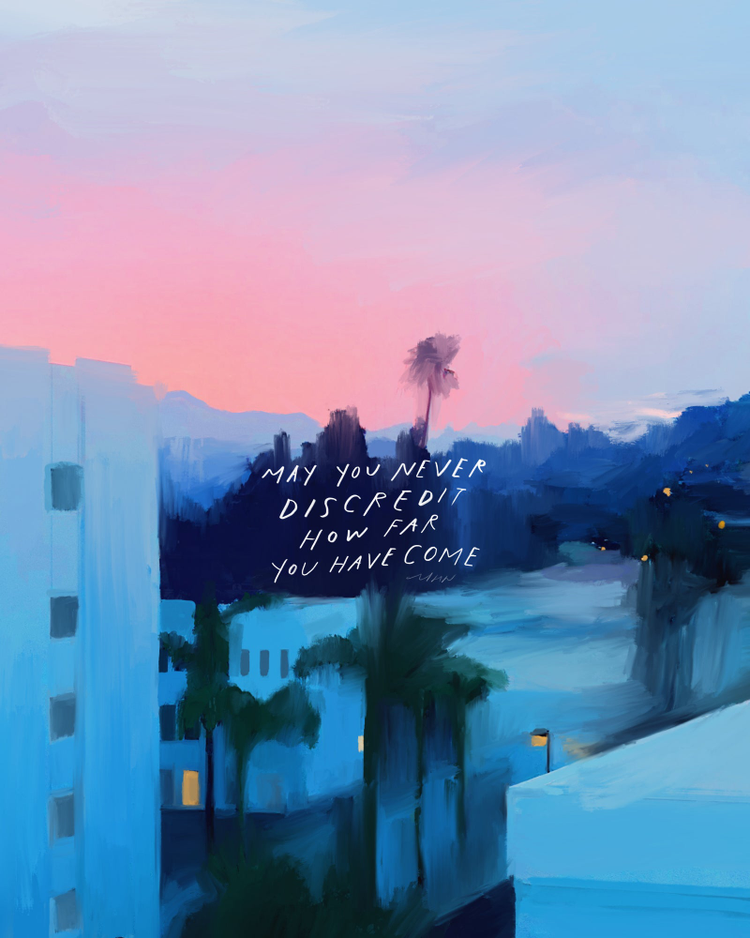
“Come alive, come alive, you have come so far. Now is the time to be more of who you are.” — Morgan Harper Nichols
If you are social media savvy, you have likely encountered Morgan Harper Nichols’ art while browsing any major platform. With more than one million followers, her signature illustrated poetry is the blueprint that is inspiring a new wave of artists. An aspect of Nichols’ art that cannot be replicated is her ability to conjure a familiar warmth that deeply resonates with her audience.
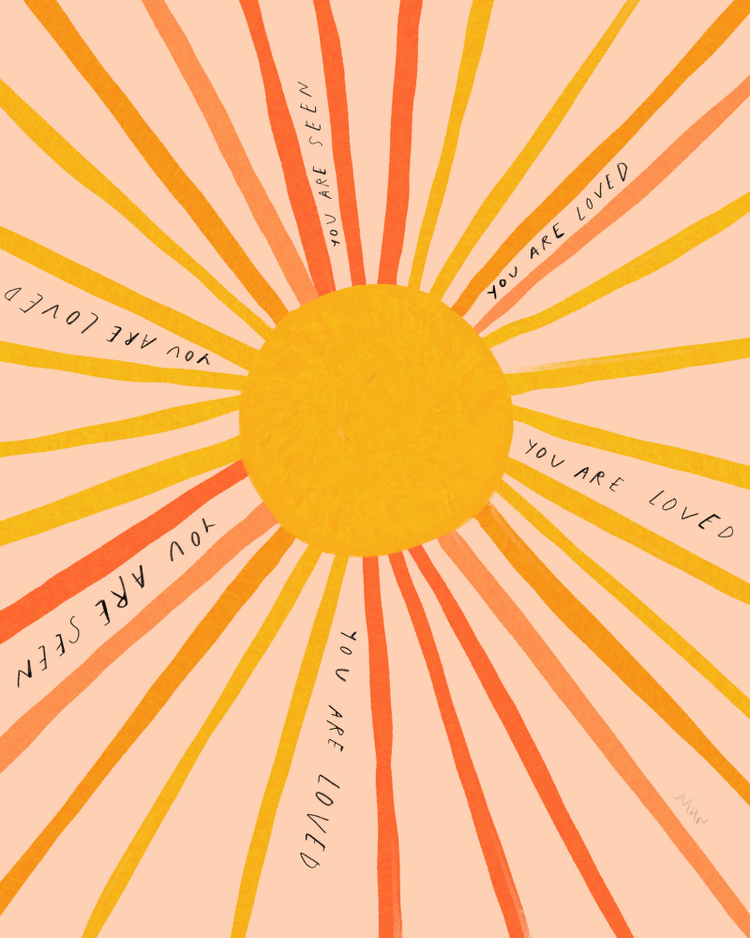
Before her art was gracing the pages of Vogue and Essence, Nichols was a budding artist driven by a sense of belonging. Born in Atlanta, Georgia, she grew up in a humble household, a homeschooled preacher’s daughter. A typical day in Nichols’ childhood involved singing with her parents, collecting poetry and art books, and flipping through them religiously.
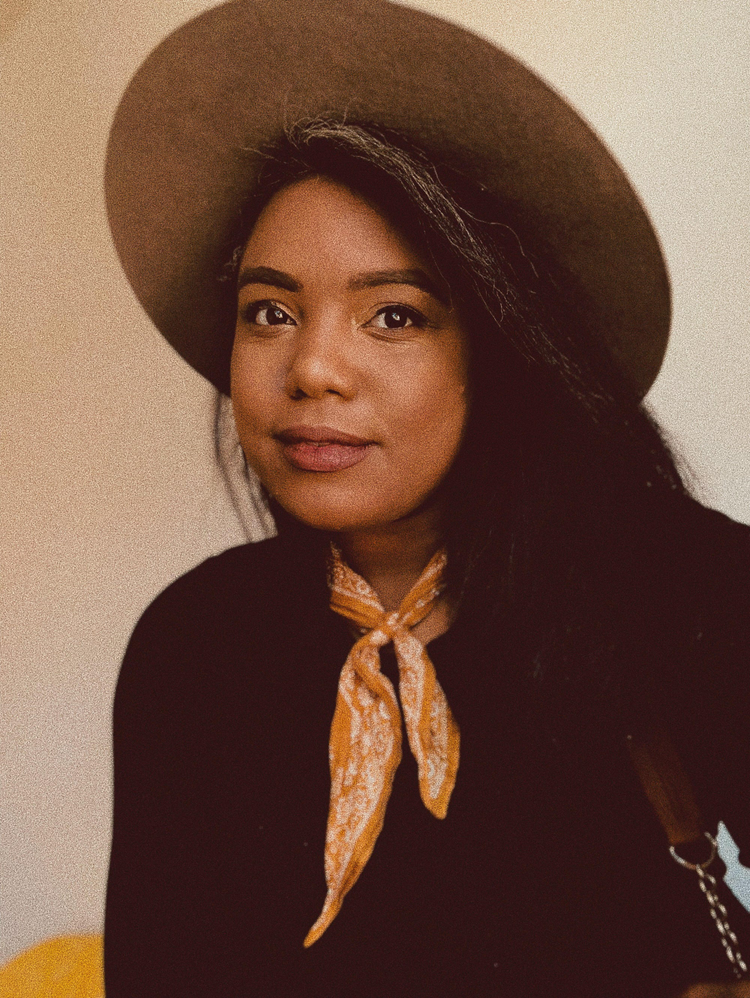
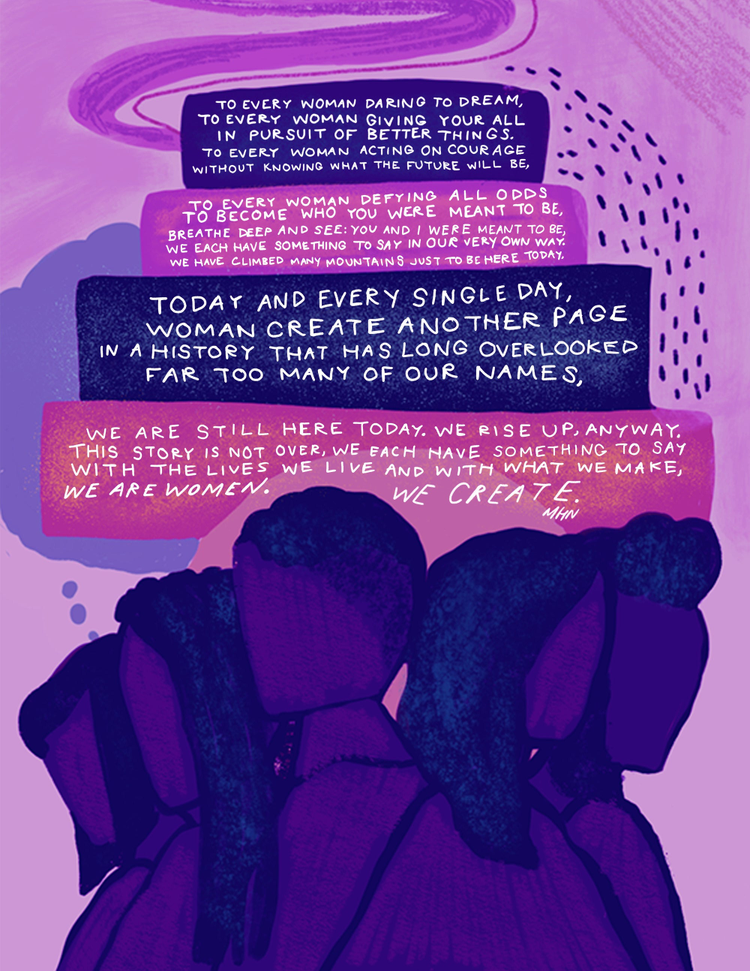
“A huge part of my creative process is taking in work that has already been created and just allowing myself to be inspired on a human level.” In Nichols’ view, belonging is not about fitting in. It is about thinking outside the box to inspire self-awareness.
“The first poem I ever read that made me feel like I could write poetry was the famous poem by T.S. Eliot, The Love Song of J. Alfred Prufrock,” says Nichols. “I still remember the moment I read the poem: I was standing between shelves at my local library, and I had flipped open an anthology to this poem.
“I stood there amazed that a poet from another time who looked nothing like me could write words that I connected to so deeply. I think that this is the power of poetry...it has the ability to connect people on a heart level that wouldn’t have been possible in any other way.”
Nichols is committed to producing work driven by curiosity and empathy. While most artists find responding to DMs and emails tedious, much of Nichols’ work centers on the question, “how can we create connection?” Her renowned “Submit A Story” project is an interactive artistic response to her community where her followers would disclose a triumph or obstacle in their lives, and in return, Nichols creates a drawing. The result of that project inspired her novel All Along You Were Blooming. The book is celebrated for relating events in Nichols’ life with the broader human experience, with words that stay with the reader long after they’ve finished reading. In many ways, her work is a testament that audiences want to see art that resonates with them. Her latest book, How Far You Have Come, weaves together personal reflections with her signature poems to share her journey over the last year.
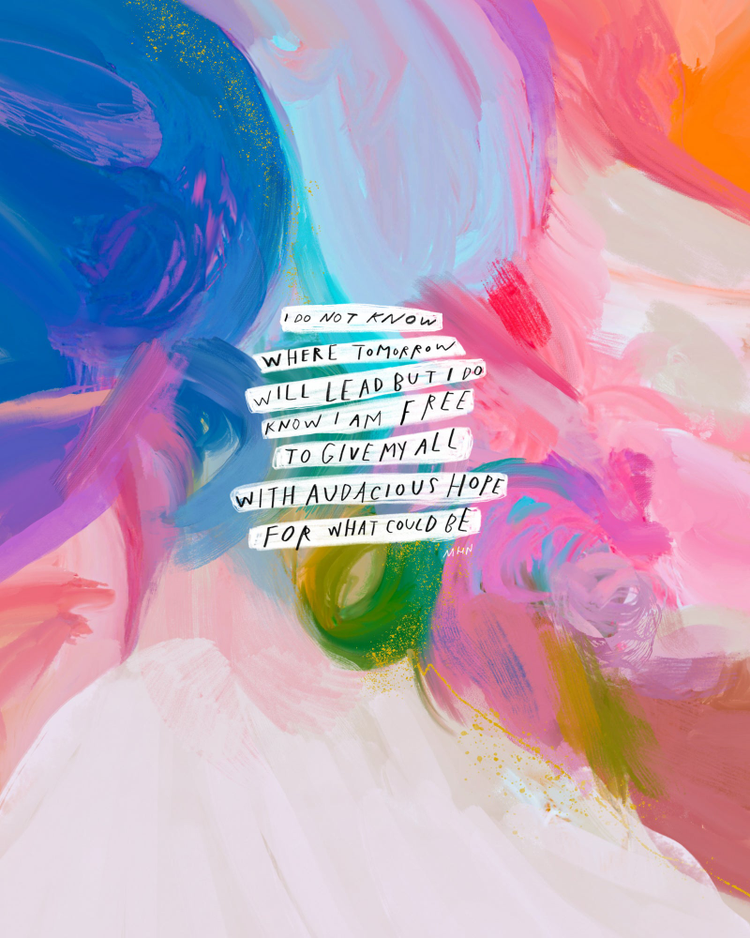
While enduring the current global pandemic, and the wide range of emotion we have all experienced in the last year, the significance of using creativity to stay connected and make sense of the world around us is needed more now than ever before. “Over the past year, I have been at home every day for most of the day. I am grateful for the privilege of working from home, and at the same time, it has been a challenge to stay motivated when my surroundings are the same every day,” Nichols says. “Using creativity to make art, write poetry, and learn how to create motion graphics has allowed me to stay connected to the world in a meaningful way, even at a distance. I try to create something new every day, even if it’s small, and I feel like this has become a way of learning more about myself.”
Obstacles like self-doubt and creative blocks are part of the journey, but to remedy this, Nichols stresses the importance of practicing her craft. “I believe in quality over quantity, but you can’t get to the quality without trying a bunch of different things,” she says. “You never know what work of yours is going to connect with others or what will lead you to a new opportunity unless you put it out there. So give yourself permission to share your work, even before you feel like it’s perfect. What matters is that you are sharing from the heart, and you stay open to learning and improving as you go.”
A self-identified introvert, Nichols is passionate about sharing personal quirks and traits as a way to connect with others. “People may not know this about me, but I love to watch movies over and over to look for things I didn’t see the previous time, especially in the Marvel Cinematic Universe,” she says. “I was recently diagnosed with autism — which has been a long journey, but ultimately really good to have language and understanding for my lived experience finally. Lastly, I am an avid coffee drinker of all kinds of coffee…it could be a fancy premium-roast or from the gas station — I’ll find me some coffee anywhere!” In other words, when we reflect, we earn the gift of learning something new about ourselves every day.
If it were not for the likes of Toni Morrison, Maya Angelou, Alma Thomas, August Savage, Edmonia Lewis, Corita Kent, or Hilma Af Klint, we may not know of the visionary artist Morgan Harper Nichols today. Those are just a few of the many incredible women who have inspired Nichols creatively throughout her journey as an artist, poet, and musician.
Her belief that creativity from women inspires creativity in women came to life as part of the Adobe #WomenCreate program, where Nichols’ created an original poem celebrating Women’s History Month, inspiring women to share their work in a way that is uniquely them.
“The work of these women impacts who I am and what I make,” she says. “I have learned from them in ways that profoundly impacts the work I create today. I believe that looking at history and all that women have had to go through so that we could create and share today is an important source of both wisdom and inspiration for women artists.”